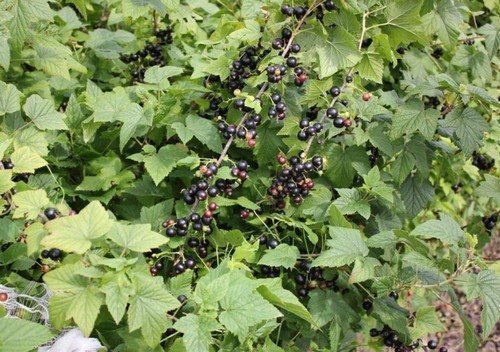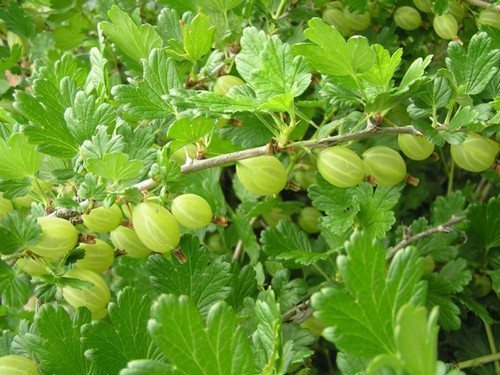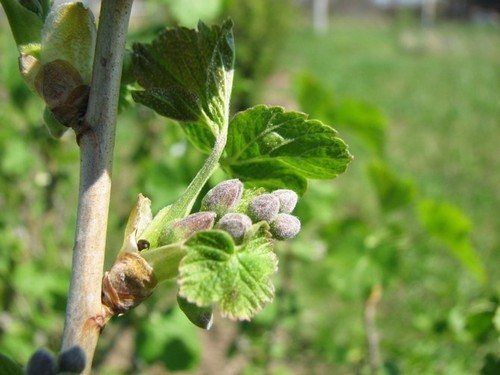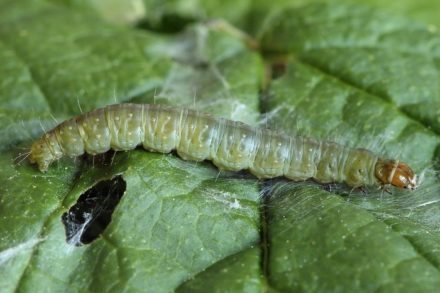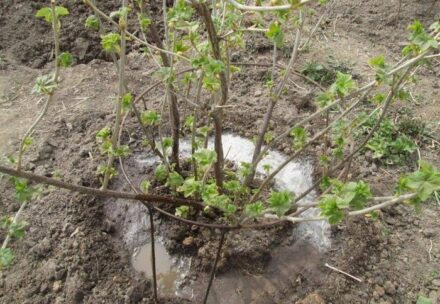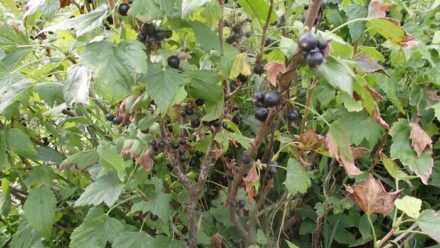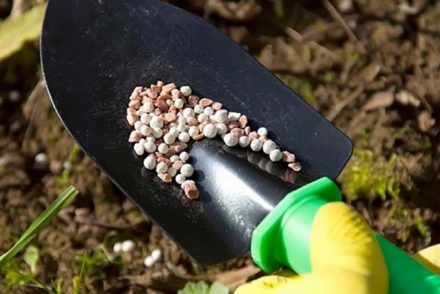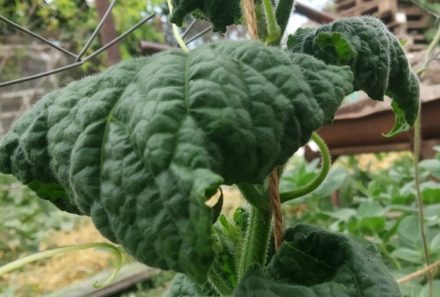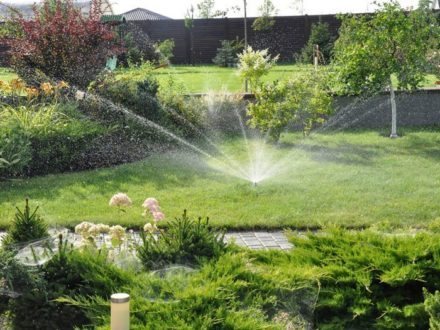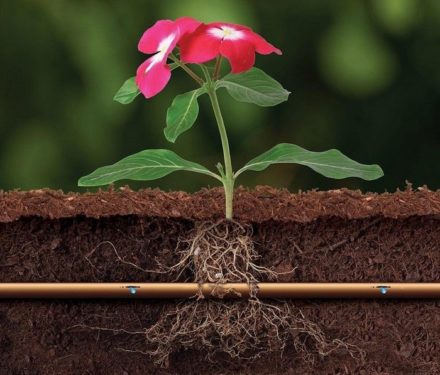Powdery mildew is a dangerous disease that harms many cultivated plants. It also affects currants. If you do not start fighting the infection, the bush will stop bearing fruit and then die altogether. It is easier to defeat powdery mildew, like other diseases, at an early stage. At this time, folk remedies will be quite effective.

Symptoms of powdery mildew on currants
The disease is caused by a fungus, the spores of which overwinter in the soil, and with the arrival of warmth they fall on the lower part of the bush and begin to actively reproduce. Gradually the lesion spreads, rising higher:
- The first symptom of the disease is the appearance of a white fluffy coating on the front side of the leaf blades.
- The leaves begin to curl and fall off.
- Growing young shoots become ugly, crooked, and later their tops dry out.
- At the stage of spore maturation, the spots become brown in color, and small ulcers appear on the leaves.
- Berries on diseased bushes also become covered with a white coating and become inedible.
Powdery mildew affects all types of currants. Chokeberry varieties are more vulnerable to the disease. Bushes should be inspected regularly to identify symptoms of the disease as early as possible and begin treatment immediately.
Traditional methods of treatment
Since currants are a fruit shrub, it is better to get rid of powdery mildew using environmentally safe means.In this case, summer residents will have a guarantee that no chemicals will get into the berries. There are several popular treatment methods, all of which are successfully used by gardeners.
Potassium permanganate solution
Potassium permanganate is a well-known disinfectant used in a variety of areas. It is also traditionally used to combat fungal infections. Add a quarter teaspoon of potassium permanganate to 5 liters of water. The composition must be mixed until the crystals are completely dissolved. After treatment, the development of the disease stops. To completely get rid of powdery mildew, you will need 3 treatments at intervals of one week.

Milk serum
Whey has long been used by gardeners to treat late blight and powdery mildew. The solution must be concentrated. Add 3 liters of whey to a bucket of water. You also need to rub a 100-gram bar of laundry soap here. The soap film will help the composition stay on the leaves longer. Additionally, the whey solution will serve as a fertilizer for currants. Apply it with a broom, generously spraying the bushes.
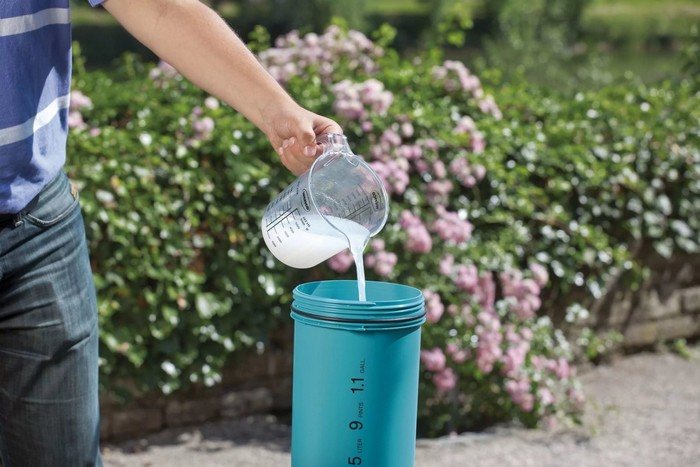
Mustard powder
Another natural remedy for powdery mildew is mustard powder. Use 2 tbsp per bucket of water. spoons of dry mustard (do not shake off the heap) and mix thoroughly. The resulting solution has fungicidal properties; it is used in freshly prepared form. It is necessary to treat not only the currant bush itself, but also the ground underneath it.
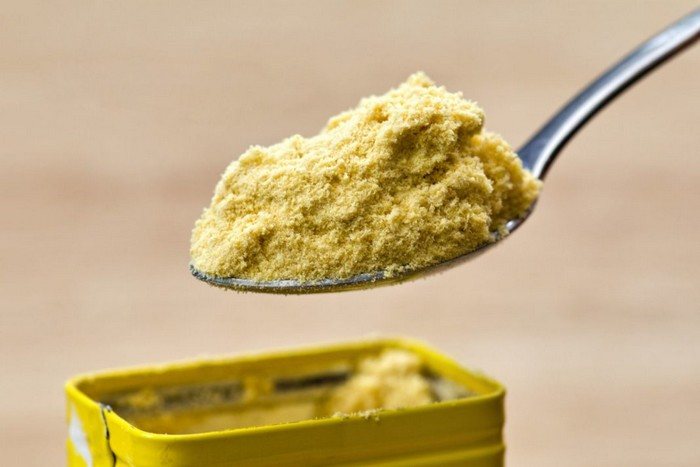
Soda and vegetable oil
The combined composition is characterized by greater efficiency due to the fact that the oil helps the solution adhere better to the foliage.Soda also has an antifungal effect. Add 1.5 tbsp to 5 liters of water. spoons of soda and 1 tbsp. a spoonful of butter. Treatment alone with this product will not be enough. The procedure is repeated twice more with an interval of 10 days.
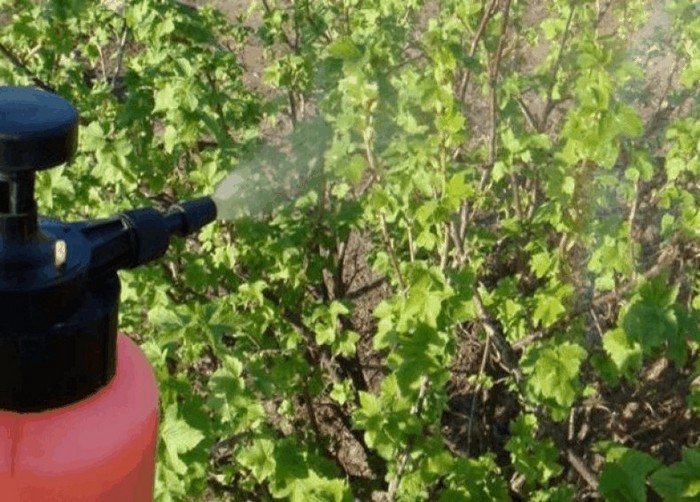
Horsetail infusion
Horsetail is considered a weed and is mercilessly destroyed. Meanwhile, the plant has many beneficial properties, including its ability to inhibit pathogenic fungi. For this purpose, use 200 g of dried or 1 kg of fresh grass. The raw materials are poured with freshly boiled water (consumption – 10 l). The composition should sit until the next day. After this, it is filtered and used to spray currants. The infusion can additionally be considered a fertilizer, since it contains valuable minerals - potassium, calcium, iron, magnesium, sodium.
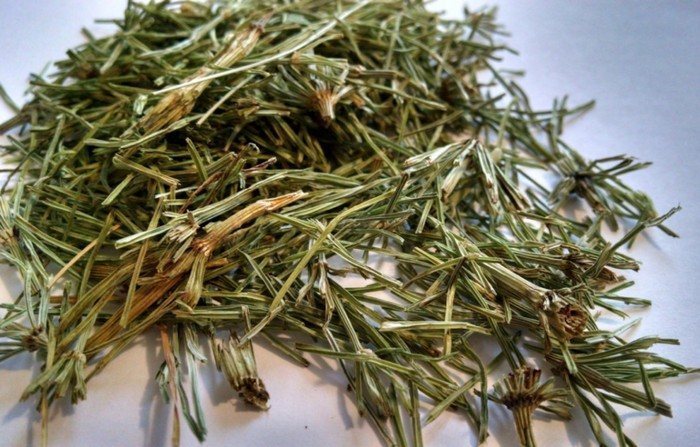
Folk remedies are milder compared to chemical fungicides. Don't expect an immediate effect from them. Treatment is carried out in dry, cloudy weather. If it rains soon, spraying will have to be repeated. To consolidate the result, you will need to treat the currant bushes 2-3 times. Antifungal formulations can be changed to avoid the addictive effect.


